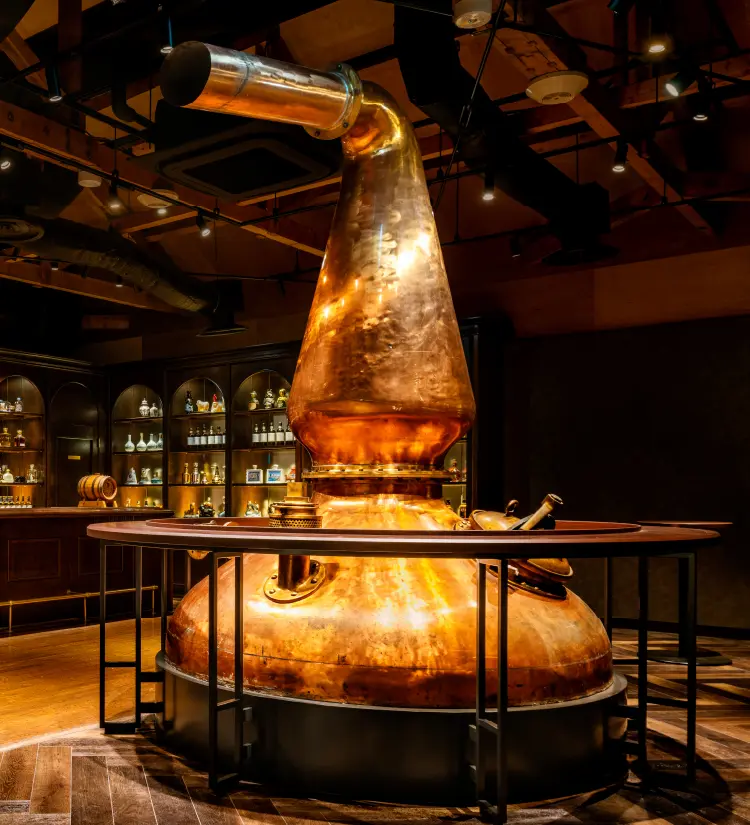
The Location
Where It Began
The Yoichi Distillery, founded in 1934, was the first distillery of NIKKA WHISKY. Masataka Taketsuru established it as his ideal whisky-making location, seeking an environment similar to that of Scotland, with a cool climate, crisp air, and fresh water resources. After a long search across Japan, he finally found Yoichi, Hokkaido, which provided all the natural qualities needed to make his ideal authentic whisky.









